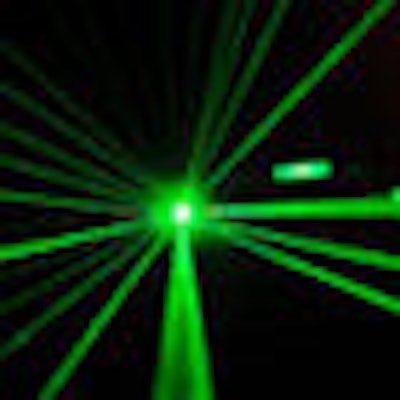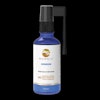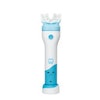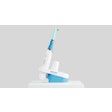
Do soft-tissue lasers add clinical value to the treatment of periodontal disease beyond what can be achieved using only scaling and root planing (SRP)?
The literature so far is mixed, but a new study to be presented at the upcoming International Association for Dental Research (IADR) meeting has found that the use of a Nd:YAG laser does not provide a significant advantage during a periodontal maintenance care program.
The Nd:YAG lasers have been approved by the U.S. Food and Drug Administration for soft-tissue treatment.
"The Nd:YAG laser has been shown to have a bactericidal effect," study author Dagmar Else Slot, MSc, a researcher in the Department of Periodontology at the Academic Centre for Dentistry, Amsterdam, toldDrBicuspid.com. "So under maintenance conditions, it may be hypothesized that the bactericidal benefit of the Nd:YAG laser may offer an adjunctive clinical benefit."
Systematic reviews of the Nd:YAG laser suggest that the effect of this laser for treatment of chronic periodontitis may be comparable to SRP, but these are based on fresh periodontal patients, she added.
She and her colleagues therefore wanted to determine whether a water-cooled Nd:YAG laser used as an adjunct to supra- and subgingival debridement SRP with hand and ultrasonic instruments produces clinically significant improvements during a maintenance care recall program.
This is the first study to assess the role of the Nd:YAG laser in periodontal maintenance, according to Slot.
No statistically significant differences
Slot and her colleagues conducted an examiner-blind, randomized and controlled clinical trial using a split-mouth design that included 30 patients with moderate-to-severe generalized periodontitis.
“Clinical results do not show an advantageous effect of adding laser treatment.”
— Dagmar Else Slot, MSc
After performing SRP on all 30 patients, they randomly chose two contra-lateral quadrants and additionally treated all pockets ≥ 5 mm with the Nd:YAG laser.
The researchers' clinical assessment included periodontal probing depth (PPD) and bleeding upon pocket probing (BOPP) before treatment and six months after treatment. They also calculated the periodontal inflamed surface area (PISA).
Here are some of their findings:
- The baseline pocket depth was 5.39 in the laser-treated quadrants and 5.46 in the control quadrants.
- The pocket depths at the end of the trial period were 4.42 mm for the laser-treated quadrants and 4.61 for the control quadrants.
- No adverse effects of laser treatment were observed or reported by the patients.
- At six months, clinical parameters had significantly improved for both regimens.
- No statistically significant differences between the two treatments were observed for PPD and BOPP scores at any time, and changes in PISA scores supported these findings.
The use of a Nd:YAG laser in a periodontal maintenance care program does not provide a clinically significant advantage in residual pockets ≥5 mm, the authors concluded.
"The results of this study are applicable to patients earlier diagnosed with moderate-to-severe adult periodontitis who are motivated to regularly attend a maintenance care recall program," said Slot. "Clinical results do not show an advantageous effect of adding laser treatment to conventional periodontal maintenance care."
Donald Clem, DDS, president of the American Academy of Periodontology, recently said in a DrBicuspid.com interview that SRP remains the backbone of fundamental periodontal therapy.
"To date, the addition of using lasers in the nonsurgical treatment of periodontal disease has minimal evidence to support their use in this fashion alone or as an adjunct," he said. "The use of lasers in a surgical environment may be an appropriate adjunct to conventional periodontal surgery, but more research is needed to understand the benefit of laser use in this context."



















